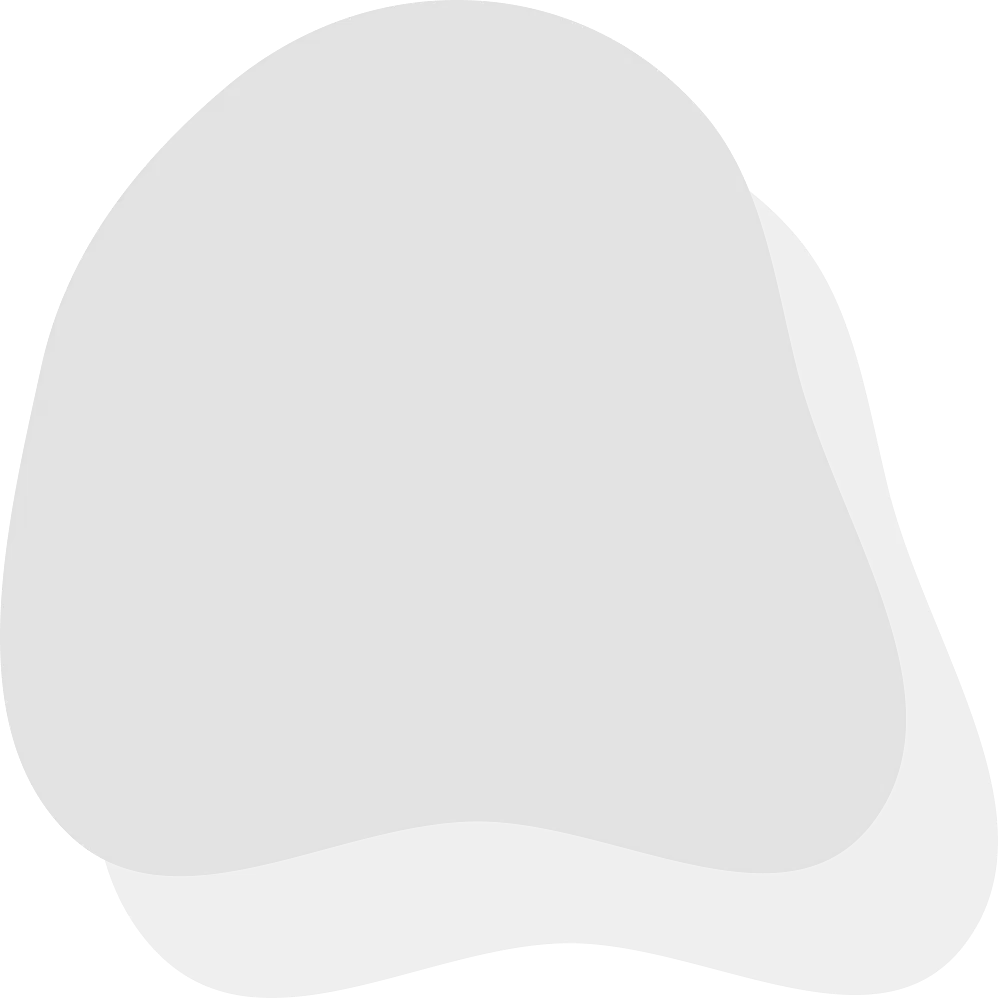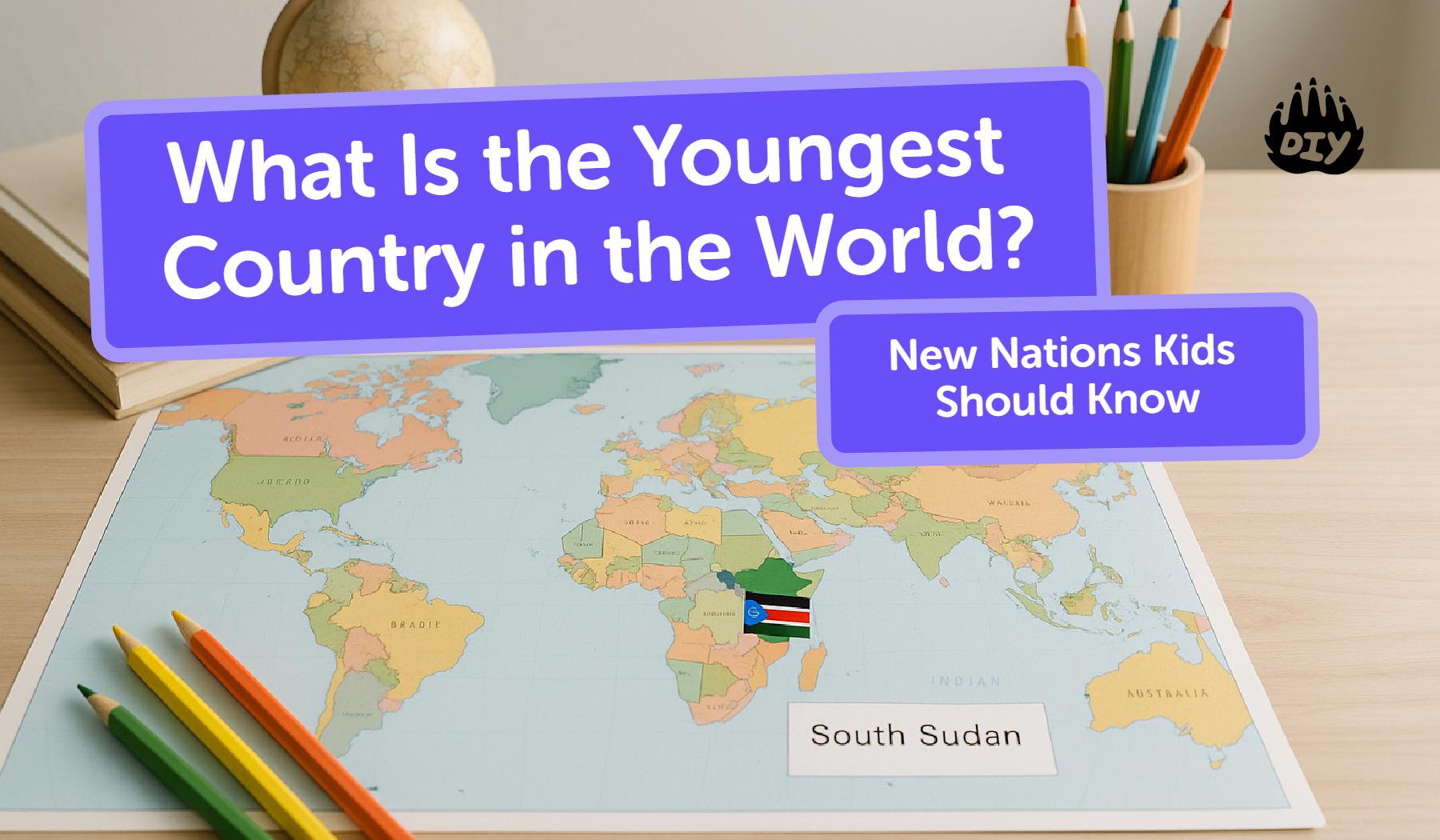If your child asks, “What is the youngest country in the world?”, here’s the short, up-to-date answer:
👉 South Sudan is currently the youngest country in the world.
It became independent on July 9, 2011, after people there voted in a referendum to separate from Sudan and then joined the United Nations as a new country. That makes it the newest country in the world that’s widely recognized today and the youngest country in Africa too.
This guide breaks that down in kid-friendly language so you can go beyond the one-line answer and explain how new countries are formed, why South Sudan holds the title, and what “independence” really means.

💬 Need a quick, homework-ready explanation? Your child can ask the kid-safe AI Homework Helper on DIY.org:
“Which is the youngest country in the world today, and when did it become independent?”
Which Country Is the Youngest?
Meet South Sudan, the World’s Newest Nation
When people talk about the youngest country in the world, they usually mean the most recently formed independent country that’s recognized by most other nations and the United Nations.
That country is South Sudan:
Official name: Republic of South Sudan
Independence date: July 9, 2011
Region: East–Central Africa
Capital city: Juba
On that day in 2011, the flag of South Sudan was raised, and the country became a new UN member state, which is a big part of why it’s widely listed as the newest country in the world.
How South Sudan Became Independent
The story behind that date is long and complicated, but here’s the kid-friendly version:
For many years, there was conflict and tension between the north and south of what used to be one country: Sudan.
A peace agreement opened the door for people in the south to vote on their future.
In January 2011, South Sudan held a referendum (a special vote) where almost everyone who voted chose independence.
On July 9, 2011, South Sudan officially became an independent country.
You can explain it like this:
“South Sudan is the youngest country in the world because the people there voted to form a new country in 2011, and other countries recognized it.”
What Does “Youngest Country” Actually Mean?
Independence, Borders, and Recognition
When we say “youngest country,” we’re not talking about where people started living recently (people have lived in the area of South Sudan for thousands of years). We’re talking about when it officially became its own country.
That usually means:
It has its own government,
Other countries recognize it, often through the United Nations,
It has clear borders, usually agreed in laws or peace deals.
That’s why South Sudan's independence in 2011 is such a key date.
What About Places Like Kosovo?
Some kids will notice that other places show up on “newest country” lists too, like Kosovo or Palestine.
You can clarify:
South Sudan is the youngest UN member state, which is why most geography textbooks list it as the youngest country in the world.
Some places that declared independence, like Kosovo (2008), are recognized by many countries but not all, which makes their status more complicated.
For homework, teachers usually expect “South Sudan” as the answer.
How Do New Countries Form? (Explained for Kids)
Three Common Paths to a New Country
New countries don’t appear very often, but when they do, it usually happens in one of a few ways:
Splitting from a larger country
Example: South Sudan separated from Sudan after a vote and peace deal.
Decolonization
When a place that used to be a colony becomes independent.
Example: Timor-Leste (East Timor) became fully independent in 2002 after years of conflict and a period of UN administration.
Breaking up into smaller countries
Example: When Yugoslavia dissolved in the 1990s and early 2000s, several new countries formed, like Croatia, Slovenia, Bosnia and Herzegovina, Serbia, Montenegro, and North Macedonia.
You can sum it up for kids as:
“Sometimes new countries form when people feel they’re different from the rest of a country and vote to become independent, or when old countries break into smaller parts.”
Why New Countries Are Rare Today
Most of the world’s borders were set during the 1900s, especially after major wars and the end of colonial rule.
Today:
Changing borders can cause conflict,
Many countries and international groups prefer stability,
That’s why “new countries formed recently” is a short list—and South Sudan is still the youngest.
💡 Help with social studies homework: Invite your child to open the AI Homework Helper and ask:
“Explain three ways new countries are formed, with examples, in simple language.”
They can then rewrite the answer in their own voice.
Youngest Countries List: 5 New Nations Kids Should Know
To make the idea more concrete, you can look at a short “youngest countries list” and their independence years:
Country | Independence Year | Notes |
South Sudan | 2011 | Youngest country in the world; gained independence from Sudan after a referendum. |
Kosovo | 2008 | Declared independence from Serbia; recognized by many countries but not all. |
Montenegro | 2006 | Became independent when the State Union of Serbia and Montenegro ended. |
Serbia | 2006 | Also counted as a “new” state when that union dissolved, inheriting the seat of the former union. |
Timor-Leste (East Timor) | 2002 | Achieved full independence after occupation, a UN-run transition, and international support. |
Kids don’t need to memorize all of these, but it’s useful to see that South Sudan is part of a small group of very recent countries.
South Sudan for Kids: Where It Is and What Life Is Like
Where Is South Sudan?
On a map, South Sudan is in East–Central Africa. It shares borders with:
Sudan (to the north)
Ethiopia (to the east)
Kenya and Uganda (to the south)
Democratic Republic of the Congo (to the southwest)
Central African Republic (to the west)
It has:
Parts of the Nile River,
Big wetlands like the Sudd,
Grasslands, forests, and swamps.
This helps kids see that even though it’s the youngest country, the land and people there have a deep history.
Life After Independence: Challenges and Hope
Be honest but gentle when talking with kids:
Since independence, South Sudan has faced conflict and civil war,
Many people have dealt with poverty, hunger, and displacement,
The country is still working on building schools, hospitals, and roads.
At the same time, South Sudan is home to:
Many ethnic groups and languages,
Rich music, storytelling, and cultural traditions,
Young people who want peace and a better future.
You might say:
“Being the youngest country in the world doesn’t automatically make life easy. It means South Sudan is still growing, learning, and trying to solve big problems.”
💡 Short writing help for kids: Your child can ask the AI Homework Helper:
“Summarize South Sudan’s independence story in 5 simple sentences for a school project.”
Then they can tweak the wording so it sounds like their own work.
Explaining Borders and Independence to Kids
Countries Change Over Time
Maps aren’t frozen forever. Over the last 100+ years, the world map has changed a lot:
Colonies became independent countries,
Some countries merged, others split,
Names and borders have shifted as history unfolded.
Examples you can mention:
Germany being divided and then reunified,
Yugoslavia breaking up into several new countries,
Sudan and South Sudan becoming two separate states.
This helps kids understand that “countries that became independent recently” are part of a much longer pattern.
Simple Map Activities
Turn geography into something your child can see and touch:
Mark South Sudan on a globe or online map.
Colour in the five youngest countries you talked about, each with a different colour.
Draw a “before and after” mini-map of Sudan vs South Sudan to show how the border changed.
These activities make the idea of a youngest country in the world feel concrete instead of just being a date to memorize.
Quick FAQ: Youngest Country in the World
What is the youngest country in the world right now?
South Sudan is widely recognized as the youngest country in the world. It became independent on July 9, 2011 and joined the United Nations soon after.
What is the youngest country in Africa?
South Sudan is also the youngest country in Africa, since it’s the most recently created African nation.
What is the newest country in Europe?
Many lists name Kosovo (2008) as Europe’s newest country, though not every country recognizes it. Montenegro and Serbia (2006) are also often mentioned as newly independent European states.
Are there any countries formed after South Sudan?
No widely recognized UN member states have been created after South Sudan so far. Some regions have declared independence, but they are not recognized as separate countries by everyone.
Why do kids learn about the youngest country in the world?
Because it’s a simple way to talk about independence, borders, voting, and how the world map can change, not just memorize one more fact.
The Big Idea for Kids and Parents
If your child remembers just one sentence, make it this:
The youngest country in the world today is South Sudan, which became independent from Sudan on July 9, 2011.
From there, you can talk about:
Why people sometimes want their own country,
How independence can bring both hope and hard work,
How maps and borders tell stories about history and people’s choices.



